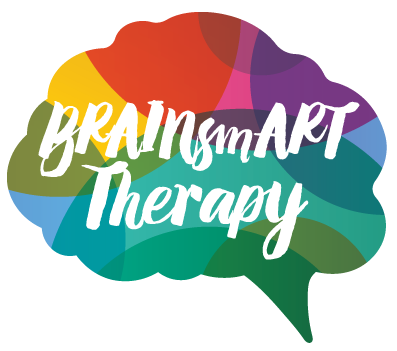More about Nancy
“Everything that irritates us about others can lead us to an understanding of ourselves.
Carl Jung”
The Birth of BRAINsmART : Cross Modal Creative Arts Approach to Trauma
In the 1980's, I was preparing students for performance competitions, testing the technical and expressive abilities they had in piano. I knew the real benefit of these competitions was not how they performed under stress, but how they each expressed the emotions of the music they were playing . I began formulating 'brain exercises' for students with performance anxiety, because they would 'freeze' in competitions. I did want them to lose the joy of playing music because they were being judged. In order to decrease the competitive pressure, I composed piano ensembles that inspired them to practice for one another and perform as a group. We all discovered that in a 'safe' supportive environment, everyone could play better and learn more easily.
As the academic and financial challenges of high school years came , I found pulling their gifted children out of piano and art lessons. By Junior year, some of my most talented students had quit to prepare for the 'real world', and get a job to pay for their car insurance Music and art lessons were a low priority in the schools so I understood that parents saw no career value in pursuing these 'extra-curricular activities. This left brain dominant attitude dominants our educational process and we are paying the price for it! We have an increased presence of hyperactivity, sensory processing and attentional disorders that could be prevented if right brain development through music art and dance were not so neglected. I witnessed hundreds of gifted music and art students giving up the music and visual training- which was the one outlet they had to 'express' emotions . So many families didn't grasp the connection between the child's creative expression and their daily self regulation!
I decided to go back to school and study how the musical and visual arts had measurable benefits for the brain, body, and mental health. I stopped teaching the skills of classical piano, drawing and painting and began researching how music and art skills during development made positive changes to the brain . So many of my most 'gifted' piano and art students had struggled in school with subjects because they had a kinesthetic, visual or auditory learning styles. Their anxiety and depression decreased and their confidence and emotional balance increased when they learned how to play an instrument or create an image on paper or canvas!
I used my piano students as subjects for a pilot study on music and imagery which I submitted to the new International Symposium for Music Medicine. Little did I know that this study would launch me into six years researching the brain, trauma and creativity.In this pilot study, I demonstrated how favorite music evoked the mental imagery and emotions represented each student's most recurring moods, thoughts ,and imagery. From this point on I began to develop a cross modal creative arts series of exercises that linked the non-verbal languages of art, music and dance to the language of words .
This was the birth of a therapeutic model designed to link the musical, visual, and kinesthetic modes of perception to words so that people could release and re-organize overwhelming events into a safe and meaningful stories.

